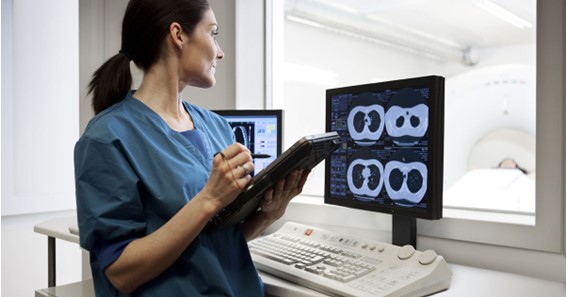Physicians in the medical industry need to gain different professional perspectives on different illnesses, diagnostic criteria, and much more. They can do this by using real-life medical situations that have occurred in the past and have been documented and published. It’s important for them to be prepared for these types of scenarios. These healthcare case studies can provide a way for doctors and other medical professionals to learn more about how an illness might occur and even get a better understanding of the specific field or subject. That way when they come across this exact situation, they won’t wonder what they need to do next.
They show realistic clinical scenarios.
Health care studies from Vizient Inc are important because they help students to understand the practical applications of the concepts they are taught in classrooms. These real clinical situations are usually supplemented by real X-rays, lab results, vitals, and diagnostic test reports that students can use to produce alternative medical interventions that could have improved the patient’s outcome. However, these real-life medical scenarios are an effective learning tool for doctors when they are led by instructors who experienced the event first-hand because they offer an insider’s perspective into the treatment and care decisions. Moreover, since something that is presented academically may seem obvious, it may not be apparent when it is observed on-scene. Therefore, an instructor who participated in treating the patient can point out these pitfalls.
They increase the enjoyment of learning.
When instructors use real clinical situations when teaching, students enjoy it more. Enjoyment promotes memorable learning, which increases the ability of the students to remember what they were taught. In addition, it may reignite the passion in the participants, remind them why they chose the medical profession, and re-energize their work. In addition, it increases the confidence of the students and enables them to courageously deal with similar situations when they come across them. They’ll be more prepared with the knowledge necessary from these studies.
They help in sharing added information.
As technology evolves, medicine also evolves. This means that best practices in the medical field change as current information is discovered. Real-life situations can be used to provide context to justify procedural changes to experienced staff who are accustomed to doing things the old way. It’s good for healthcare facilities to stay current with their technology. So, these studies not only help younger staff but also older staff who must learn a whole different system.
They promote critical thinking.
Real-life examples help students to view a medical issue from different perspectives. In addition, these real-life situations can be used to capitalize on prior knowledge through application. Moreover, they can strengthen clinical skills, and can also be used to challenge or reinforce the basics to expand learning. The method improves patient outcomes because its methodical approach allows physicians to systematically review it and avoid medical errors. They won’t feel ill-prepared, instead, students will be able to manage any type of situation with ease.
Click here – Crypto Investing 101: Get Started and Make Profits Like a Pro
It sharpens students’ skills.
When students are taught using real-life experiences, they become actively engaged in figuring out the basics by learning from the example. This enables them to develop their skills in decision-making in complex situations, problem-solving, coping with ambiguities, and analytical tools. When they don’t know what to expect, it’s natural to freeze up in a stressful situation. Engaging students in these activities keeps them aware of emergencies and able to spring into action.
Bottomline
Physicians and medical students can learn a lot from real-life patient experiences. Students need to be prepared at a moment’s notice. These situations allow medical professionals to utilize their critical thinking skills to consider alternative treatment options and learn about how to treat or deal with a particular disease or illness. The more you can apply real life to your teachings, the better. Students won’t have to stress about being prepared, instead, they are ready to get to collaborate with their patients.

